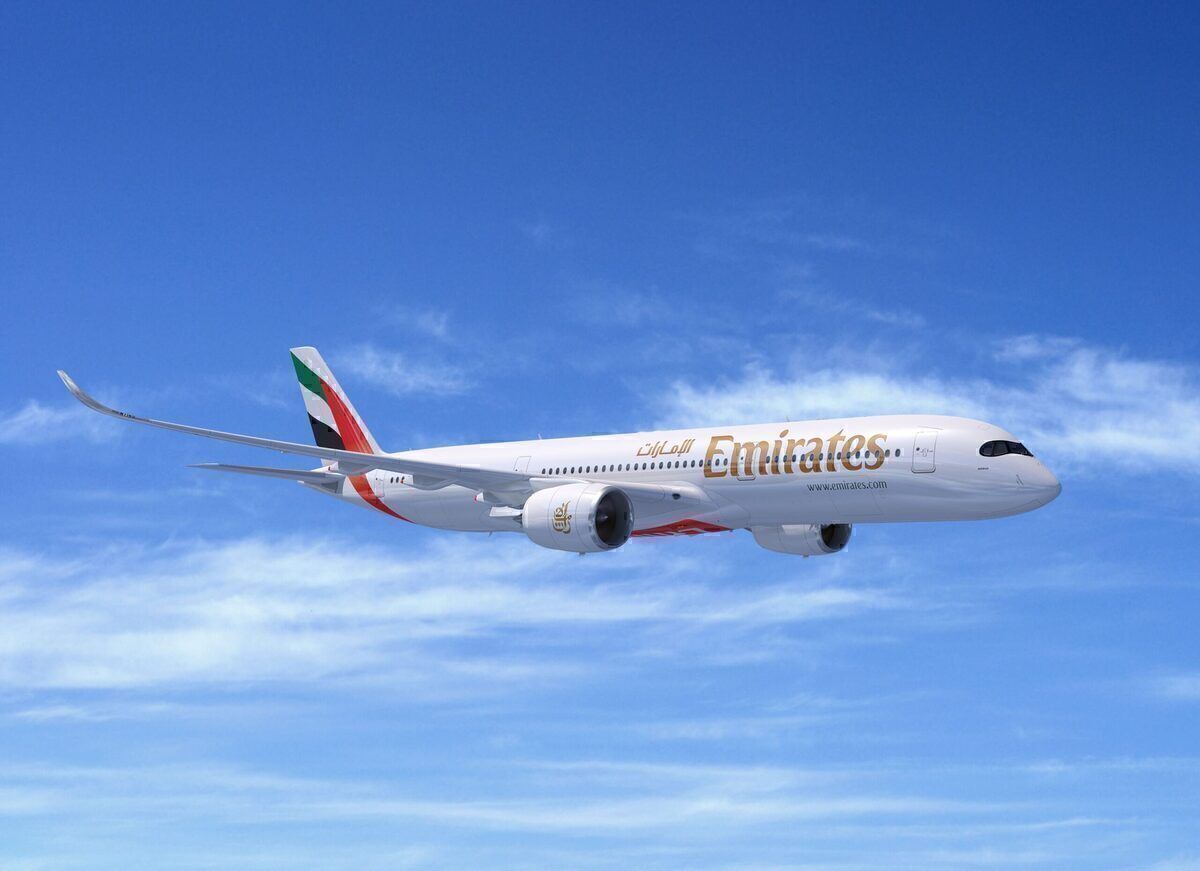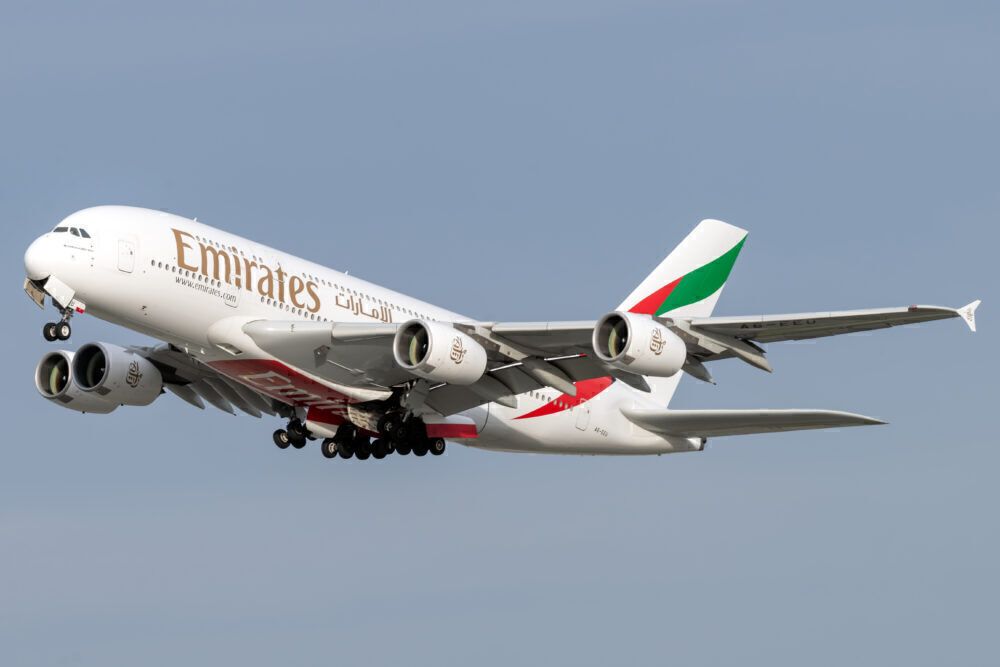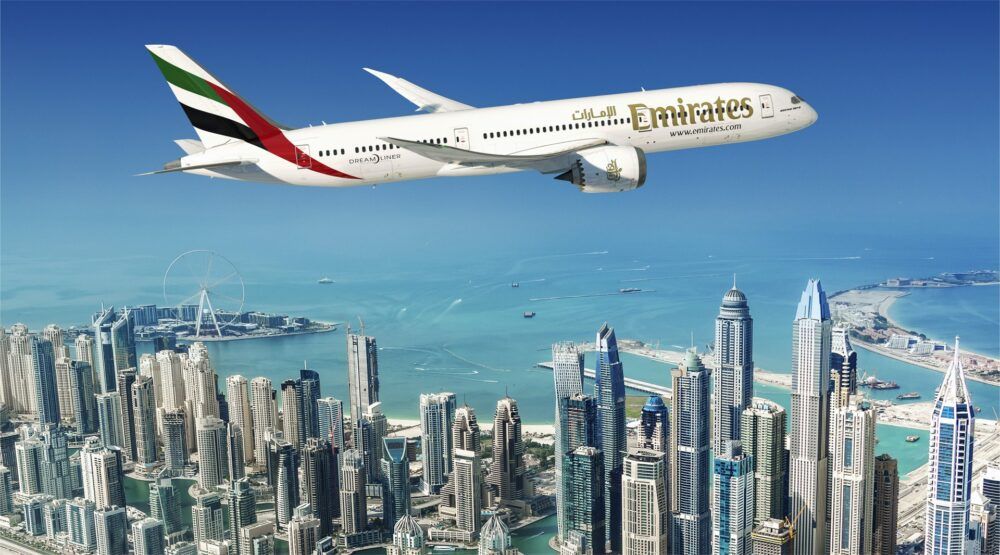Alongside its existing fleet of 777s and A380s, Emirates is looking forward to inducting two brand new aircraft types into its fleet. Beginning in 2023, the airline will start receiving the A350 and the 787 Dreamliner. What’s the strategy behind these new types, and how will they change the Emirates network?
Why is Emirates changing its widebody strategy?
It’s been several years that Emirates has existed as a two aircraft type airline. The 777 and A380 have allowed the carrier to grow, establishing itself as the world’s greatest hub and spoke airline, moving huge numbers of people between east and west, north and south.
So it was something of a surprise when the airline added an order for 50 of Airbus’ newest widebody twin, the A350. And even more so when part of its 777X order was converted into 787-9s instead. While fleet renewal is always on the mind of any large airline, in Emirates’ case, that’s not the whole story.
Speaking exclusively to Simple Flying, Emirates’ President Sir Tim Clark explained that it’s not all about renewing the older aircraft in its fleet. Rather, the airline is looking to capitalize on those routes which have been the most profitable in the past. He said,
“The widebody twins figure very much in our plans. Not so much for replacement, but for our ability to increase the frequencies of already profitable city pairs and introduce new routes.”
Increasing capacity on profitable city pairs has always been at the heart of Emirates’ strategy. The airline is known for flying multiple A380s into the UK, particularly London, to snap up the most footfall on this lucrative route.
But the A380 isn’t suited to all airports. Indeed, according to Airbus, only 140 airports around the world are set up to receive the giant on regular service. A further 400 or so are suitable for use in an emergency, as a diversion airport, but don’t have the facilities to receive a regular service from the superjumbo.
Flying smaller twins like the A350 and 777 makes just about every international airport accessible. When the orders begin to arrive, Emirates will layer on more capacity where it sees the healthiest profits and highest demand.
Stay informed: Sign up for our daily and weekly aviation news digests.
New routes coming too
Of course, Emirates isn’t simply planning to bump up frequencies on its most popular routes. The airline still has expansion in mind, and is keen to branch out into new cities and countries with its incoming aircraft types.
The Dreamliner, in particular, will give Emirates the opportunity to expand into areas that were previously unviable. The larger 777 and A380 require certain levels of demand in order to be profitable, so having a smaller, highly efficient aircraft to explore new routes with will likely see the airline’s network exploding with new opportunities.
“The combination of all these airplanes gives us an enormous potential,” Clark commented, noting that there were still many destinations as yet unreached by Emirates, even in well-served continents like Europe.
At present, Emirates holds an order for 30 787 Dreamliners. With the 777X still causing headaches for the airline, there have been indications that even more of the large plane order could be downsized to the 787 in future, but this hasn’t been enacted by Emirates yet.



